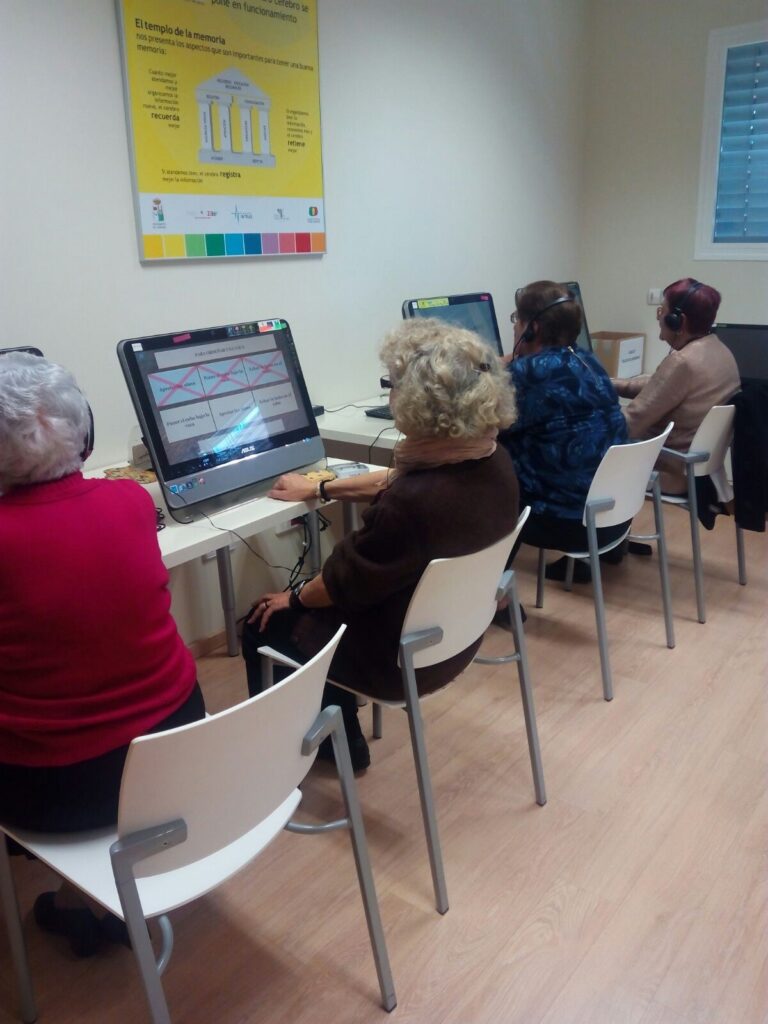Ecological validity contributes to the effectiveness of a technology
Play video
Guidance
The ecological validity and cultural context in which the technology will be implemented should be taken into account, to ensure it is applicable to the ‘real life situation’ of the person with dementia
Explanation and example
When cognitive rehabilitation is applied to people with dementia, it is necessary to consider the ecological validity of each tool or instrument used to perform cognitive rehabilitation, training or stimulation. Ecological validity is determined by the ability of those tools, instruments or techniques used for cognitive training to be transferred to the patient’s daily life. Therefore, the patient may feel that using these techniques or tools in their daily lives can bring them benefits and influence their daily life, “beyond the rehabilitation session”. For example: Gradior includes images of real objects which are well-known to the users. These objects are close to those of real life, among others: calculation exercises associated with real adult life (shopping at a supermarket), presents quizzes of daily activities (prepare a specific recipe). New technologies for rehabilitation or cognitive training should consider ecological validity as their main objective otherwise it may not be appropriate for the person with dementia who uses it.
The context is a factor that must be considered in the design of new technologies, that is, it is not enough to delimit the population and its characteristics. For example: a technology may be applied in an urban context but not necessarily in a rural one, due to the difficulties that this context may have in terms of the existence and scope of communication systems (internet connection, presence of devices, etc.).
Consequently, Gradior was developed free of contents. This means that it is easy to change the contents of the software and objects interacting with the person with dementia. In this way, it can be fitted to different environments in an easy way. It is necessary that the exercises and objects have significance to the users.
Themes
Cultural context Ecological validity Effectiveness GRADIOR
Target groups
People living with dementia Policymakers Researchers Technology developersType of evidence
Angie Alejandra Diaz Baquero (INDUCT ESR15)
RCT GRADIOR
References
Diaz Baquero, A. A., Franco-Martín, M. A., Parra Vidales, E., Toribio-Guzmán, J. M., Bueno-Aguado, Y., Martínez Abad, F., Perea Bartolomé, M. V., Asl, A. M., & van der Roest, H. G. (2022). The Effectiveness of GRADIOR: A Neuropsychological Rehabilitation Program for People with Mild Cognitive Impairment and Mild Dementia. Results of a Randomized Controlled Trial After 4 and 12 Months of Treatment. Journal of Alzheimer’s disease : JAD, 86(2), 711–727.



